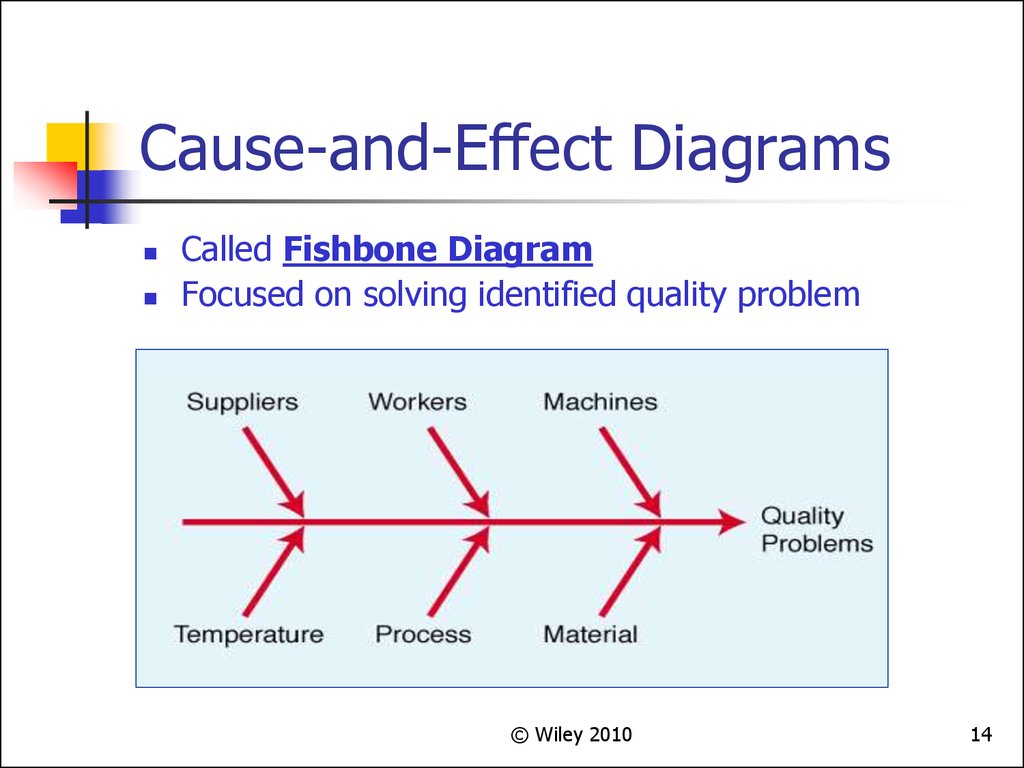
After the implementation of the actions proposed for the production process, there were gains of 50% and 38% in the average of deviations of times for two different projects of the case study and the Monte Carlo gave the best approximation. In order to meet the established objectives, some of the project management tools were used, such as the Ishikawa diagram, PERT (three points estimating times), Monte Carlo simulation, as well as the involvement of people in the estimation and sequencing of activities, and holding weekly meetings to ensure the alignment of professionals. An Ishikawa diagram is a diagram that shows the causes of an event and is often used in manufacturing and product development to outline the different steps. Using the existing data, an analysis of the project management process was carried out with the view to optimize the production system. The aim of this study was to improve the planning and time control in the project management of a metalworking industry in order to reduce the delivery delays. It is often used in manufacturing and product development to outline the different steps in a process, demonstrate where quality control issues might arise, and determine which resources are required at specific times. Therefore, it is of great significance in managing a project and making a. Also called Fishbone diagram, the Ishikawa diagram is a graphic technique that’s used for displaying possible causes of an effect. Fishbone diagrams predominantly shows the root causes of a problem, for example, quality failures.

1 2 Common uses of the Ishikawa diagram are product design and quality defect prevention, to identify potential factors causing an. in that it uses the Ishikawa diagram (commonly also known as a fishbone. Ishikawa diagrams (also called fishbone diagrams, herringbone diagrams, cause-and-effect diagrams, or Fishikawa) are causal diagrams created by Kaoru Ishikawa (1968) that show the causes of a specific event. Fishbone diagram consists of a rectangular box on the right hand side, where the. Fishbone diagram shows you the causes of the related problems graphically. The fishbone diagram has two sides, cause and effect.

Identify why and where a particular process is not working. Although the process of managing risk is essential to managing a project. The fishbone diagram (Ishikawa diagram) is mainly use in product design in order to identify possible factors causing an overall effect. Many of the generic problems observed in project management in metalworking industries were in the domain of document management, communication, multiple projects simultaneously, organizational structure, and poorly time estimation of project activities. This approach can be used in: Discovering root cause of an issue. Due to the competitiveness in the job shop nature of the metalworking industry, project management plays an important role in improving performance, efficiently and effectively managing its performance.


 0 kommentar(er)
0 kommentar(er)
